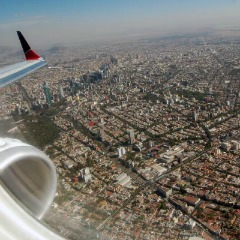 Regional Field Excursion (GEOG 3030)
Regional Field Excursion (GEOG 3030)
Mexico City, May Field Trip
This intensive two-week regional field excursion offers a unique educational opportunity to explore the complex social and urban geographies of Mexico City through inter-related class discussions, course readings and field visits within the city. The course investigates the historical and contemporary processes that have shaped and continue to shape the evolution of the city. Although Mexico City is often presented in terms of its enormous size, this course introduces students to the intricacies of its everyday geographies and their relationship with questions of social, political and economic power. Major themes to be explored include: the social and political construction of the national capital; the contested nature of downtown redevelopment; anti-poverty policies and politics; struggles over land, housing, resources and the right to the city; territorial conflicts and demands for local autonomy; land use conflicts and urbanization; and socio-spatial exclusion.
Here is a glimpse into this years Mexico City student excursion.
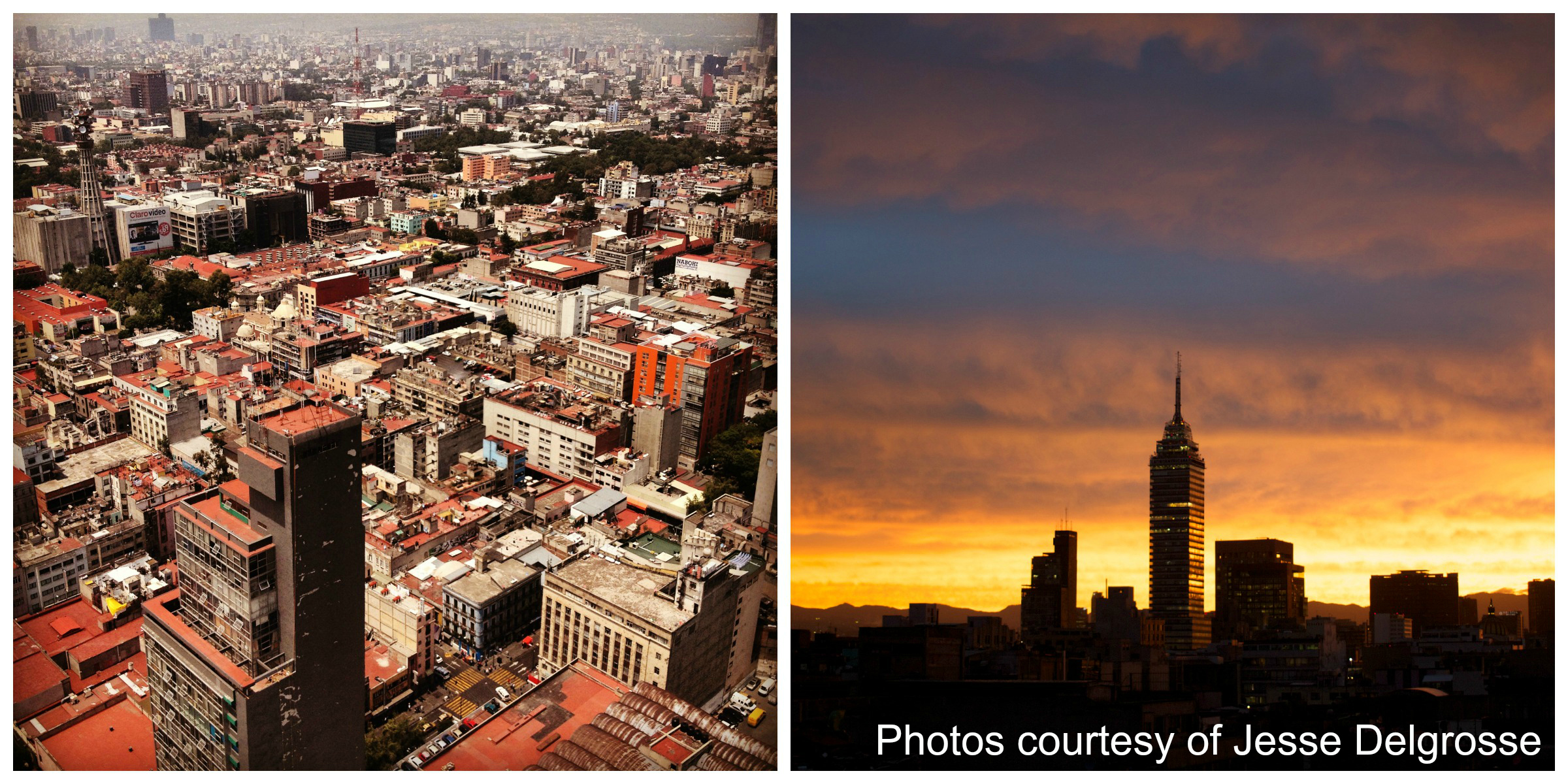
“Approximately 20 million people live in metropolitan Mexico City (but only half that number live in the Federal District). Its complexities remain a social, economic, political and geographic puzzle that intrigues anyone who visits [this thousand year old megalopolis]. There has been a lot learned and [there remains] a lot to learn from this city”. Jesse Delgrosse (2014 student)
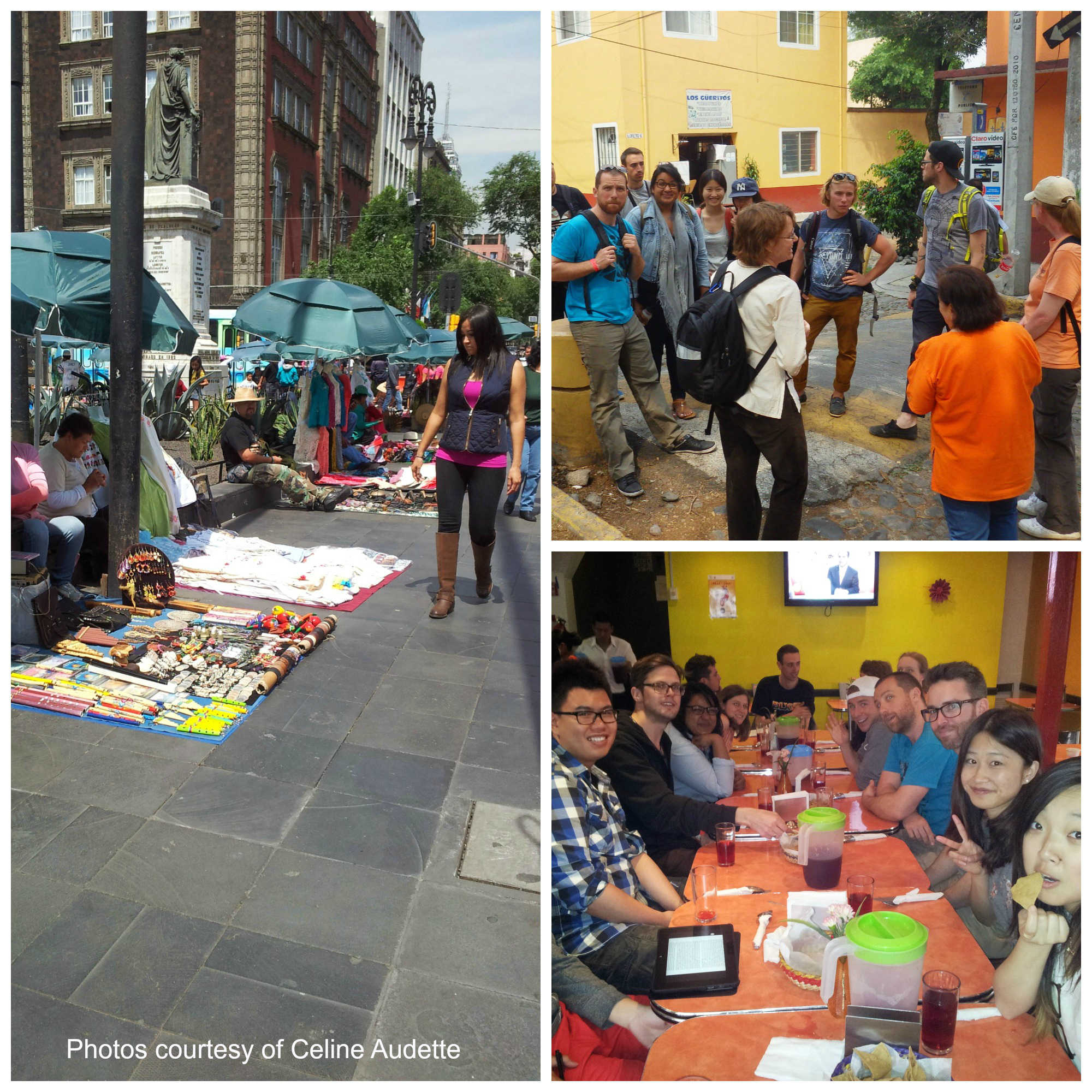
“GEOG 3030 was truly an amazing experience. There is no better way to study a topic than when your completely immersed within it, and that was exactly what the class allowed us to do. The class offered centrally located accommodation, daily field activities, knowledgeable guest speakers and a motivating prof (Jill Wigle) with her own in depth knowledge of Mexico City. The class was by far the best university experience I’ve yet to have”. Jesse Delgrosse (2014 student)
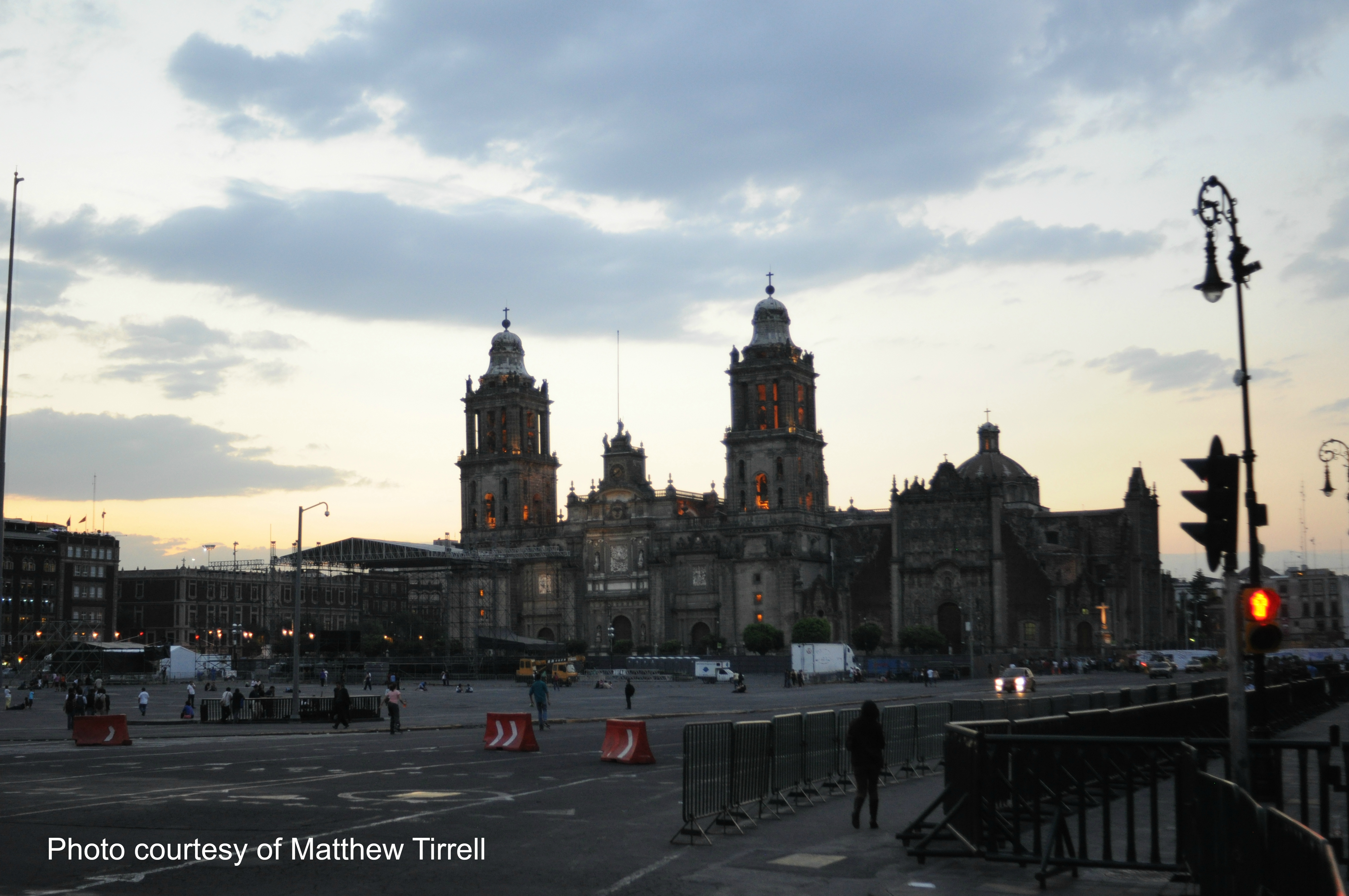
“Mexico City’s dynamic socio economic topography is the result of global influences embedded in its complex multi-layered history. Staying a block away from the Zocalo gave us the chance to explore and experience this relationship each day.” Matthew Tirrell (2014 student)
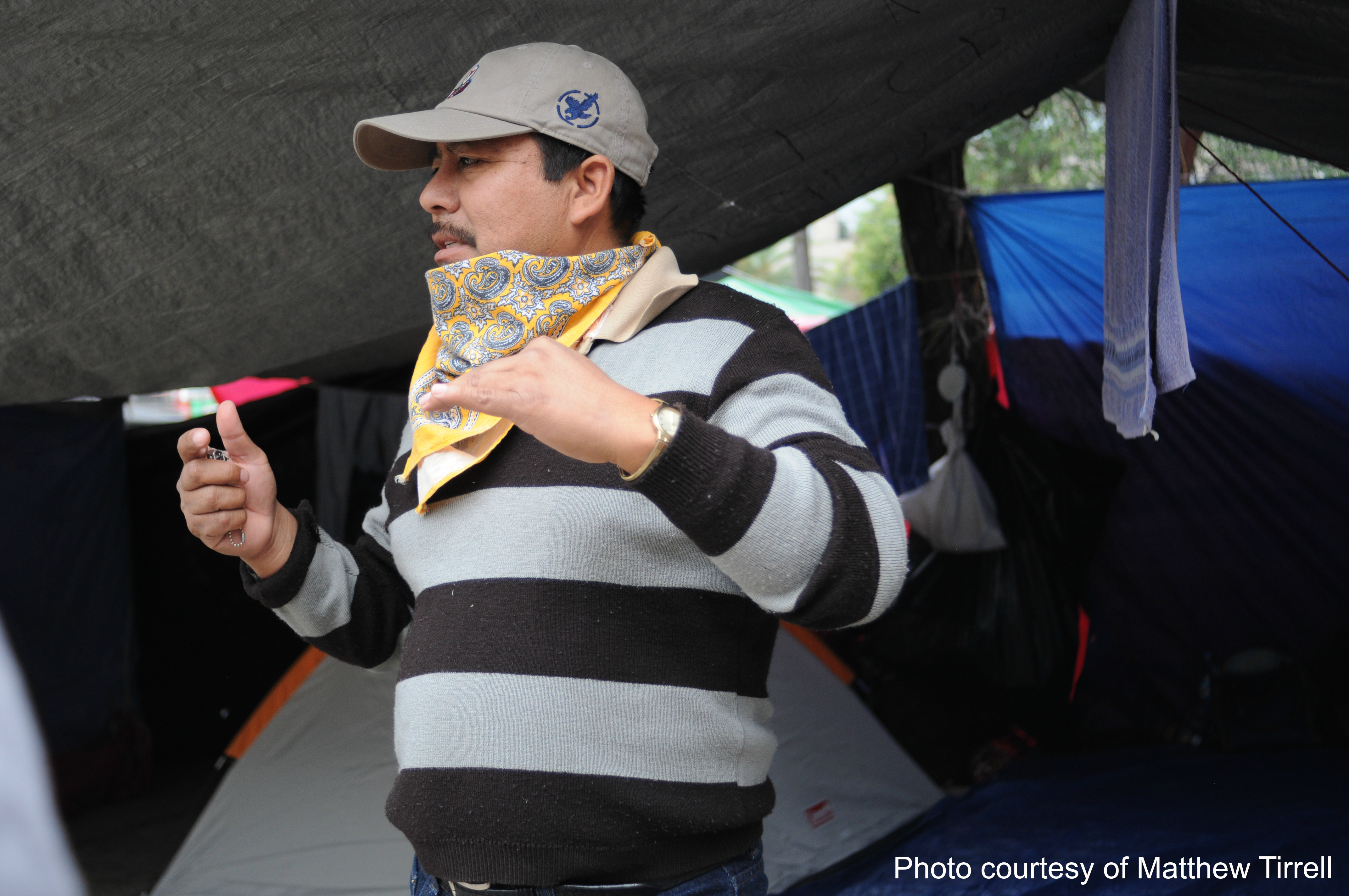
“Everyday in Mexico City was packed with a balance of classroom seminar style discussion and personal interaction with local people and the environment that shapes their lives. This gentleman is a teacher who was set up with several of his colleagues beside the Monument of the Revolution. They were occupying the space to protest education reforms. The level of political participation and awareness in Mexico City is like nothing I had experienced before.” Matthew Tirrell (2014 student)
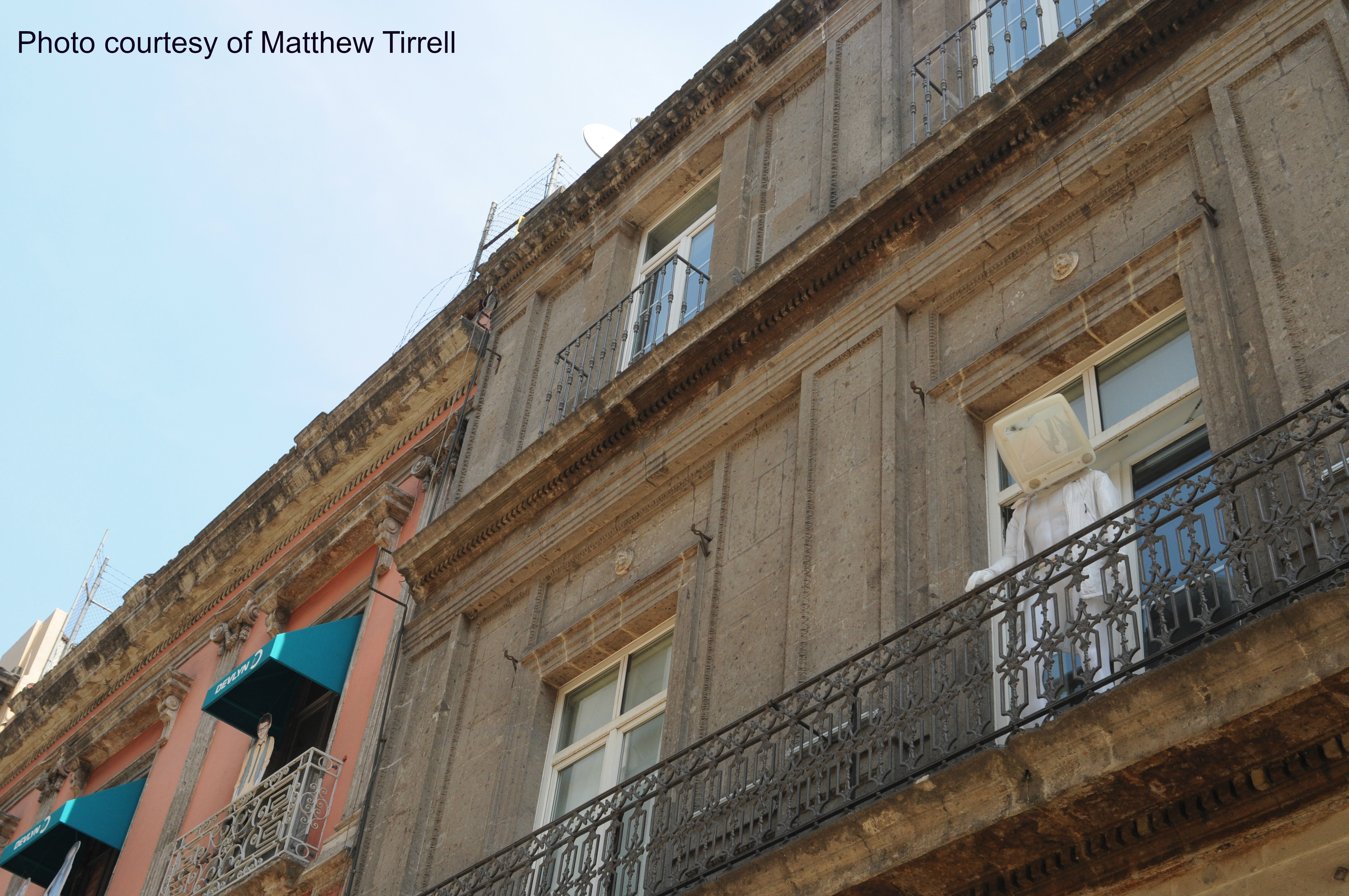
“Increased surveillance and securitization of public spaces generates debate around who has the right to shape the city and who has the right to decide who has access to these spaces. The beautification of certain areas through the commissioning of art pieces is commonplace in the streets of Mexico City. This second story balcony over one of the busiest walking streets in the city featured a piece of informal art commenting on the balance of power and level of surveillance in public spaces. Throughout the trip we had a chance to witness the ebb and flow that exists between the informal and formal institutions in Mexico City.” Matthew Tirrell (2014 student)
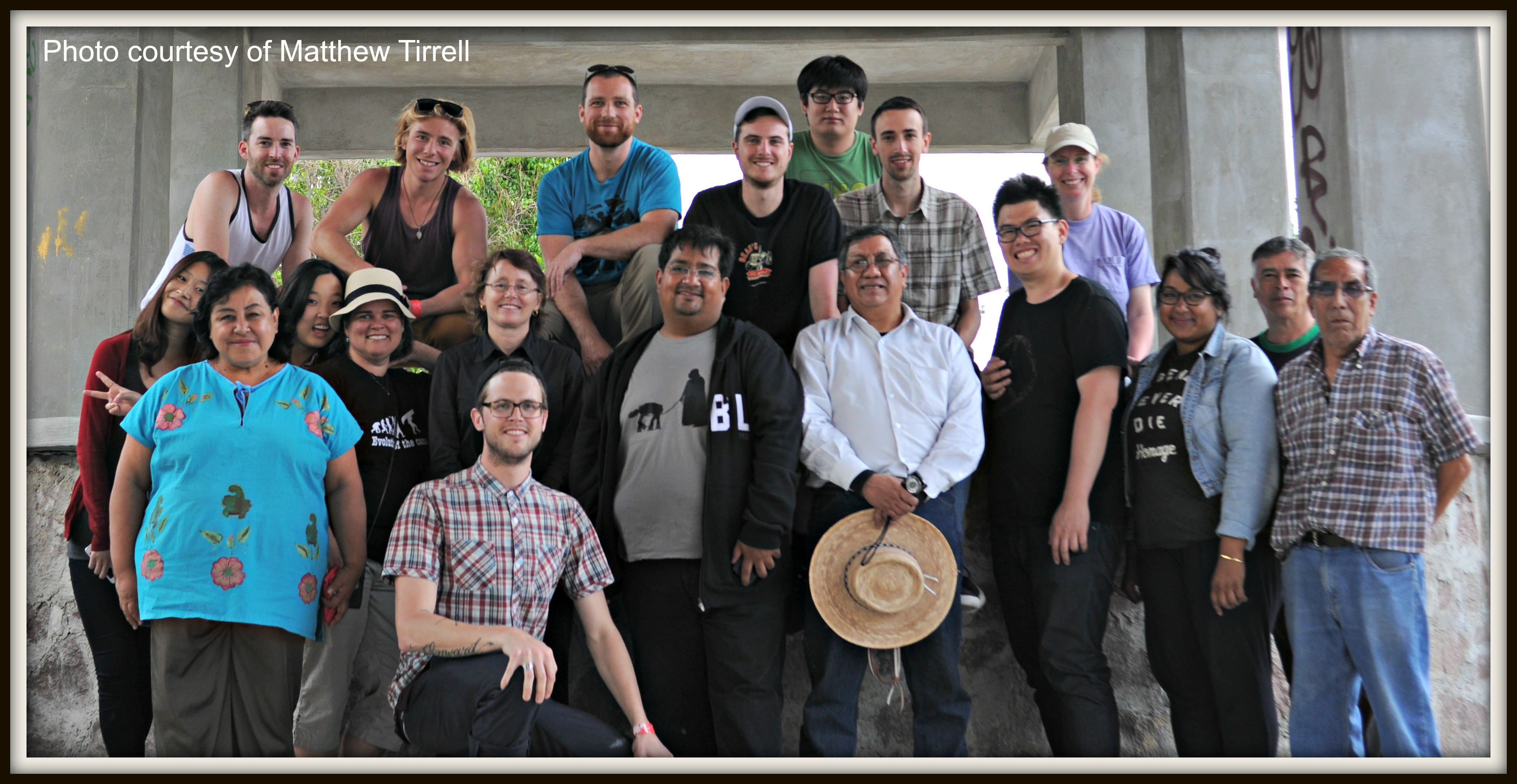
“I took the Mexico City field course in May 2014. It is definitely the best class I that I have taken at Carleton University. Studying geography at Carleton is not only about studying theories in the classroom but also about gaining first hand knowledge of these theories in the field. This field course taught by Professor Jill Wigle combined both theory and real world experience. Our time in the course was divided between in classroom study and investigation in the field. Jill brought us to places that we probably would never have a chance to visit if we were to go to Mexico City on our own. We went to explore and meet members of the Aboriginal community in the city and also went to talk with the students at the University in Mexico City (Universidad Nacional Autonoma de Mexico – UNAM). In addition, we also had some spare time everyday to explore the city independently. Everything went perfectly well during the two short weeks. I made friends with everyone in the class and really enjoyed my time spent in Mexico City. It is an experience that I will never forget.” Haotian Guan (2014 student)